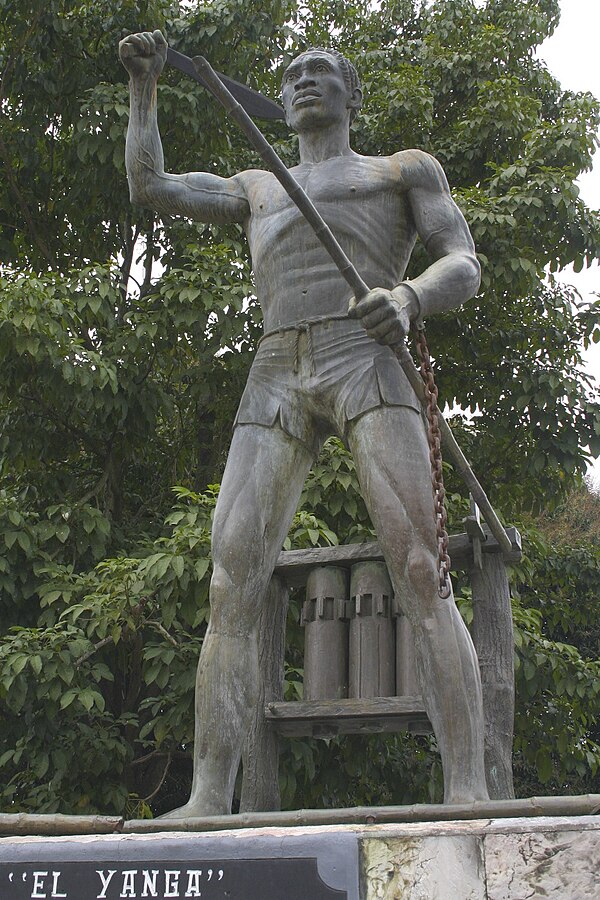FAU Mexico Bureau




Also known as Black Mexicans, they are an ethnic group made up of recent immigrants of African descent to Mexico and the descendants of slaves, such as in the communities of the Costa Chica of Oaxaca and Guerrero, Veracruz and in some cities in northern Mexico. The history of blacks in Mexico has been lesser known for a number of reasons: their relatively small numbers, regular intermarriage with other ethnic groups, and Mexico’s tradition of defining itself as a “mestizaje” or mixing culture.
Mexico had an active slave trade since the early colonial period and an estimated 200,000 Africans were brought there. From the beginning, the slaves, who were mostly male, intermarried with indigenous women. In some cases Spanish colonists had unions with female slaves. Spanish colonists created an elaborate racial caste system, classifying people by racial mixture. This system broke down in the very late colonial period; after Independence, the legal notion of race was eliminated.
Mexican anthropologist Gonzalo Aguirre Beltrán estimated that there were six blacks who took part in the Spanish conquest of the Aztec Empire. The first African slave brought to Mexico is said to be Juan Cortés, a slave who accompanied Hernán Cortés in 1519. Anotherconquistador, Pánfilo de Narváez, brought an African slave who has been blamed for the smallpox epidemic of 1520. Early slaves were likely personal servants or concubines of their Spanish masters, who had been brought to Spain first and came with the conquistadors.
While a number of indigenous people were enslaved during the conquest period, later the colonists imported African slaves. Over time their mulatto (black/European) descendants were also enslaved if born to slave mothers (as was typical). The demand for slaves came in the early colonial period, especially between 1580 and 1640, when the indigenous population quickly declined due to the high fatalities from new infectious diseases. Carlos V began to issue an increasing number of contracts between the Spanish Crown and private slavers specifically to bring Africans to Spanish colonies. These slavers made deals with the Portuguese, who controlled the African slave market. Mexico had important slave ports in the New World, sometimes holding slaves brought by Spanish before they were sent to other parts of Latin America and the Caribbean.

Above is statue of Gaspar Yanga—often simply Yanga or Nyanga (c.1545-?) was an African leader of a maroon colony of fugitive slaves in the highlands near Veracruz, Mexico during the early period of Spanish colonial rule. He is known for successfully resisting a Spanish attack on the colony in 1609. The maroons continued their raids. Finally in 1618, Yanga achieved an agreement with the colonial government for self-rule of the settlement, later called San Lorenzo de los Negros and also San Lorenzo de Cerralvo. In the late 19th century, Yanga was named as a “national hero of Mexico” and “El Primer Libertador de las Americas”, and 1932 the settlement he formed, located in today’s Veracruz province, was renamed as Yanga in his honor.
The creation of a national Mexican identity, especially after the Mexican Revolution, emphasized Mexico’s indigenous and European past; it passively eliminated the African ancestors and contributions.
Though Mexico had a significant number of African slaves during colonial times, most of the African-descended population were absorbed into the surrounding Mestizo (mixed European/indigenous) and indigenous populations through unions among the groups. Evidence of this long history of intermarriage with Mestizo and indigenous Mexicans is also expressed in the fact that in the 2015 census, 64.9% (896,829) of Afro-Mexicans also identified as indigenous. It was also reported that 9.3% of Afro-Mexicans speak an indigenous language. About 1.2% of Mexico’s population has significant African ancestry, with 1.38 million recognized during the 2015 Intercensus Estimate. Numerous Afro-Mexicans in the 21st century are naturalized black immigrants from Africa and the Caribbean.
FAU Mexico’s Organizing Director Amber Star

